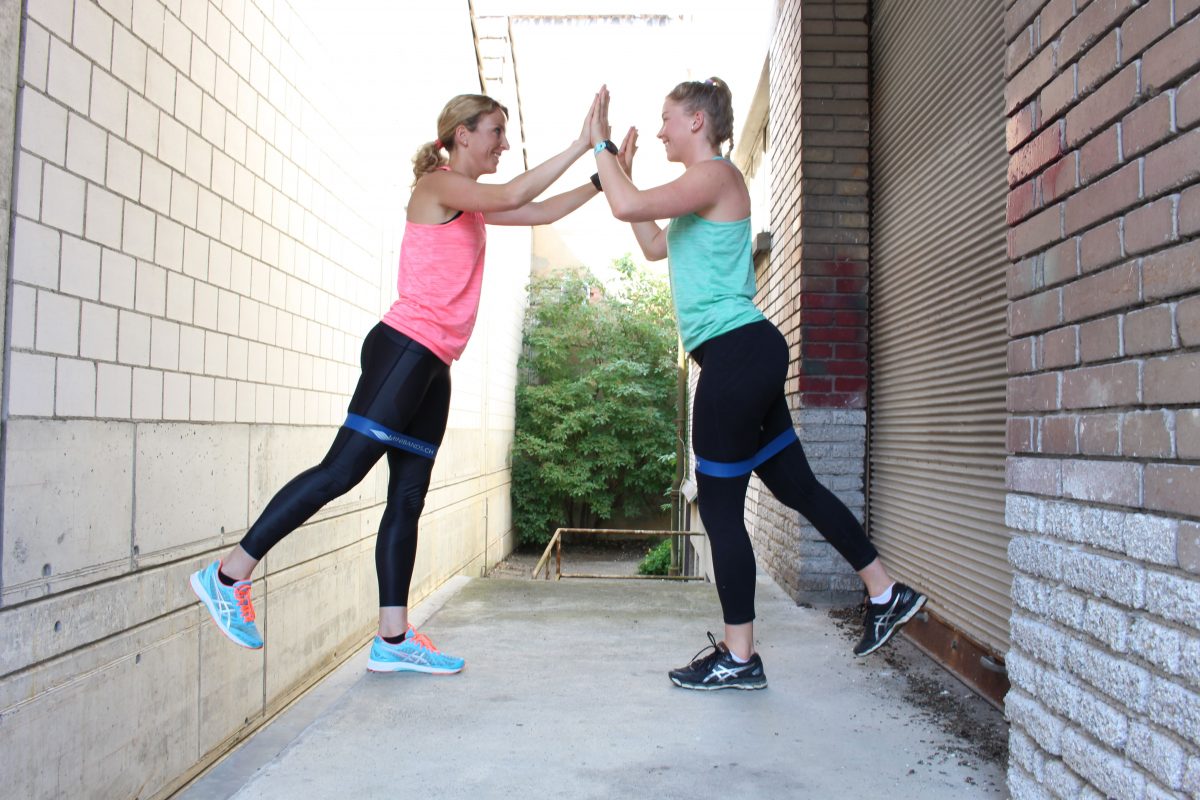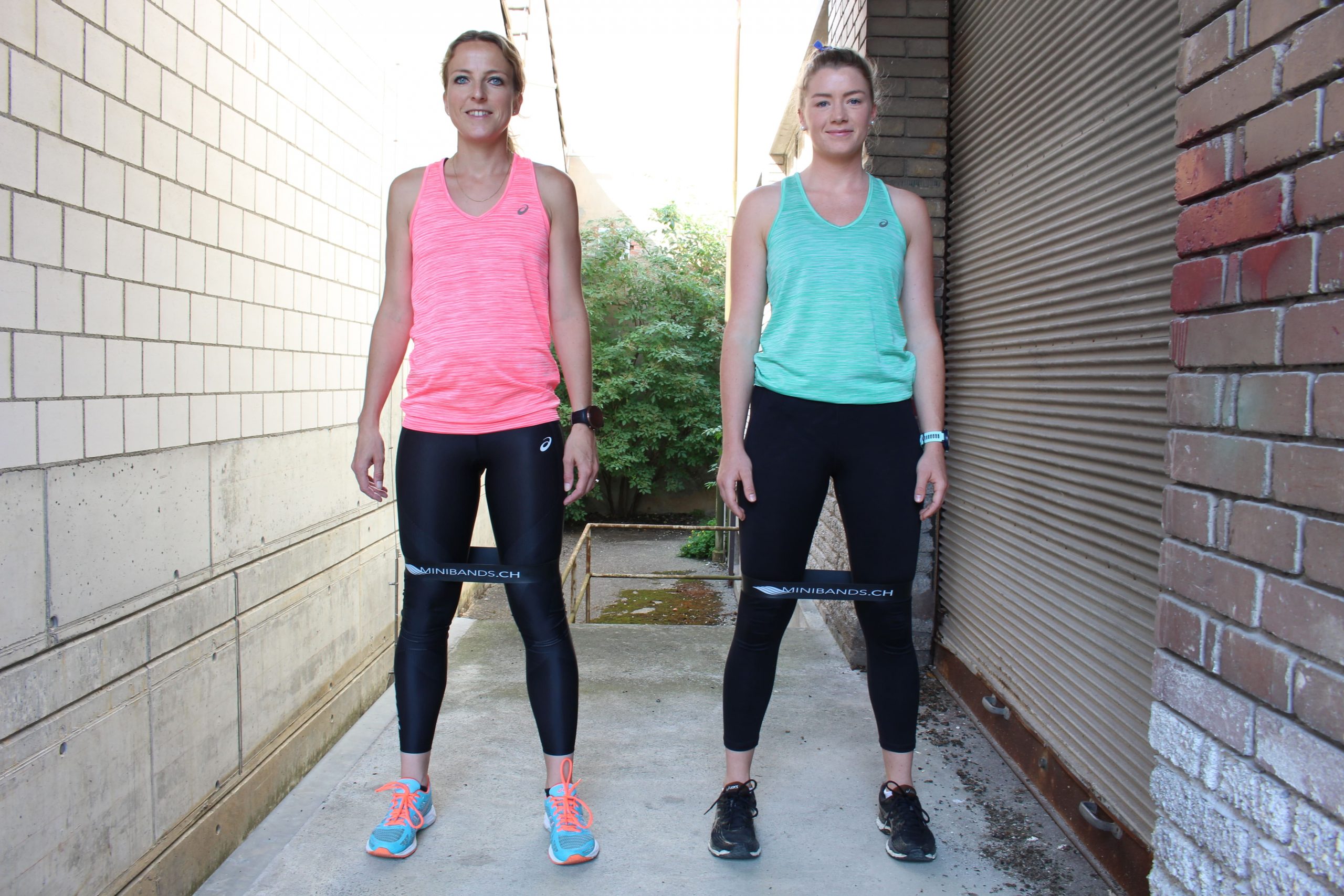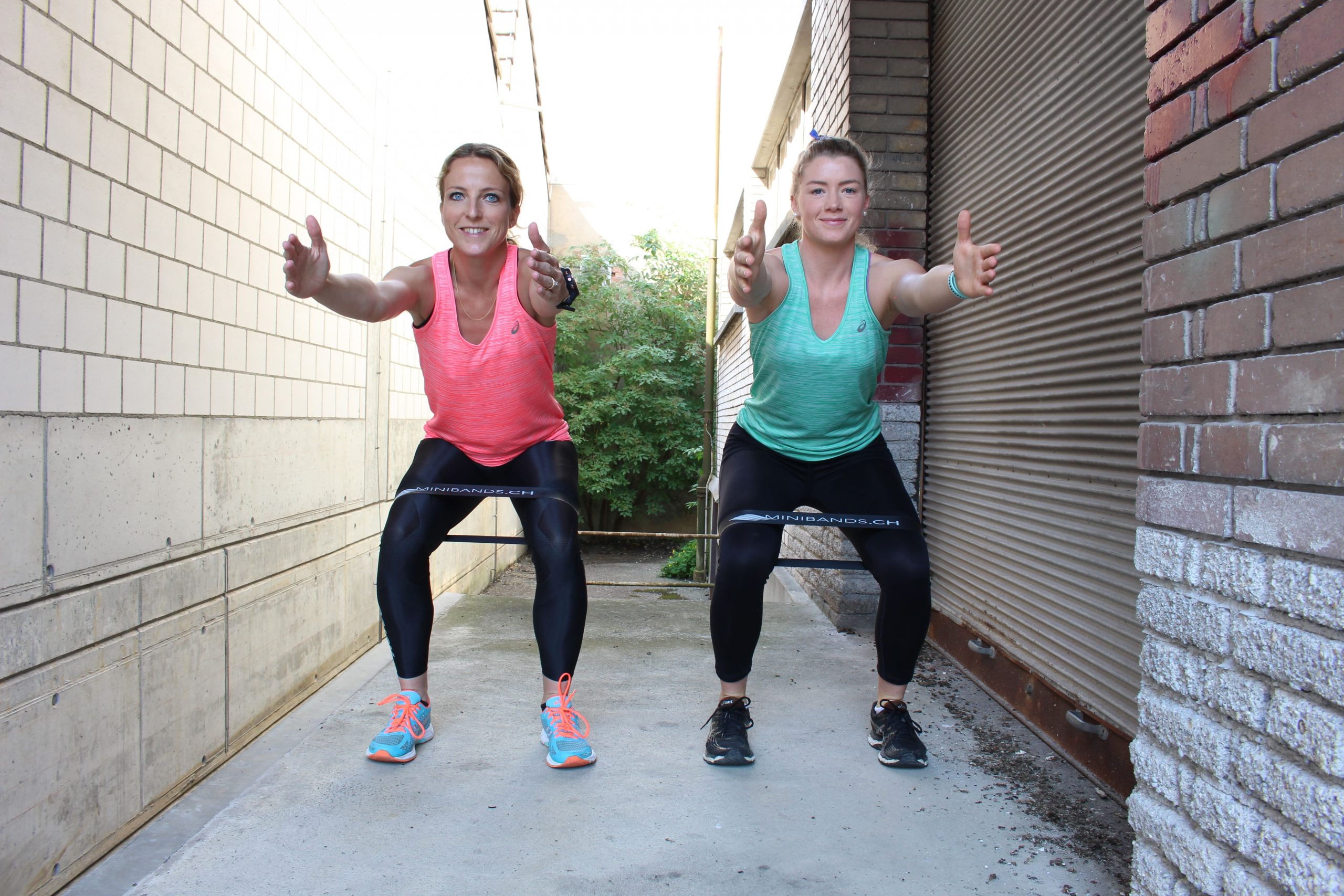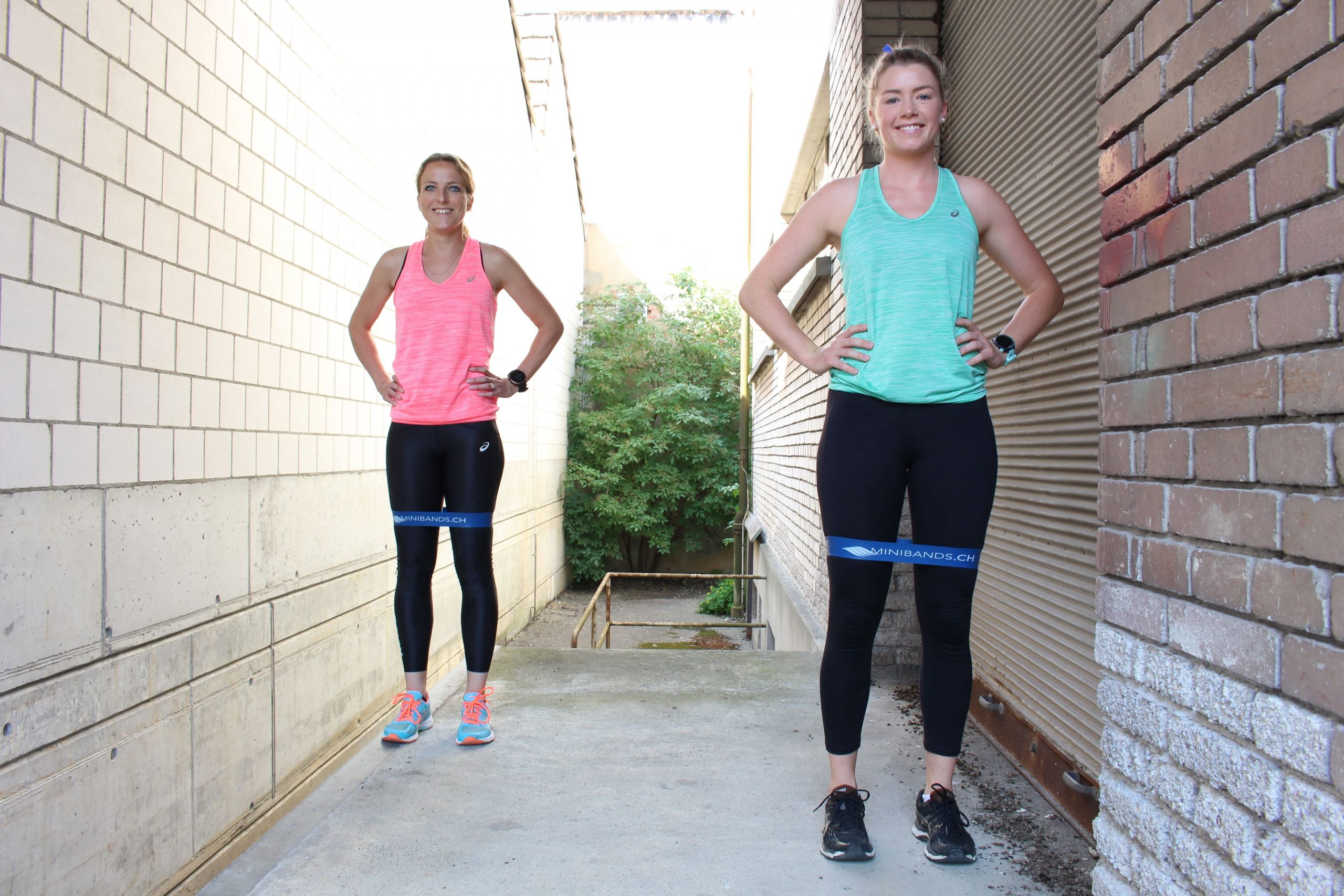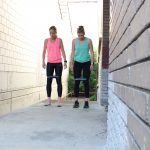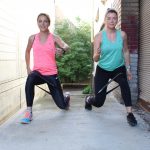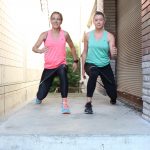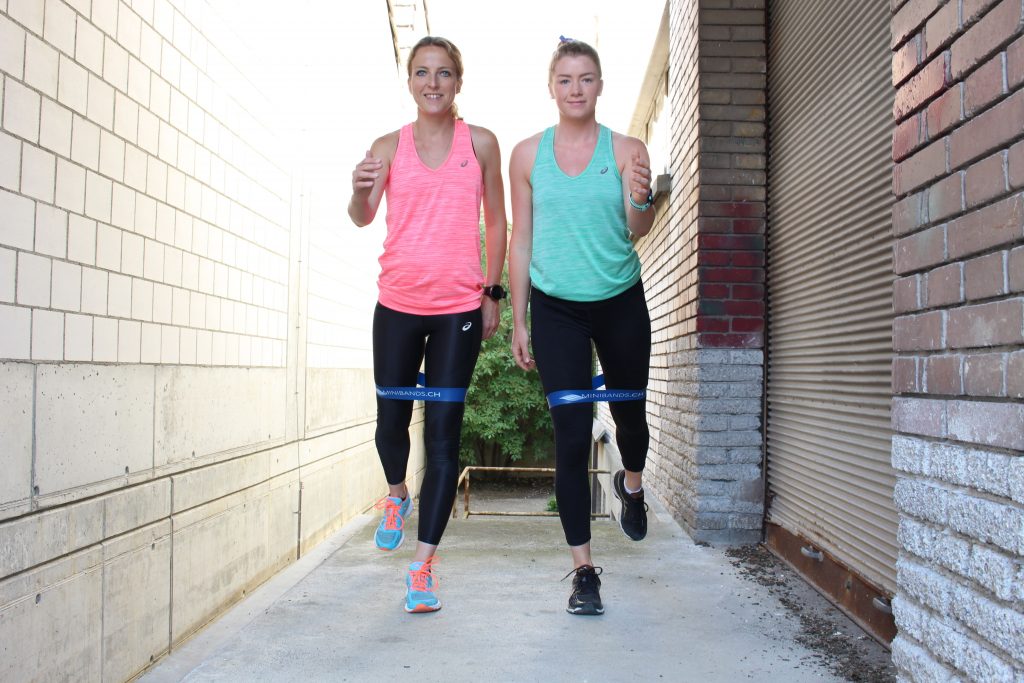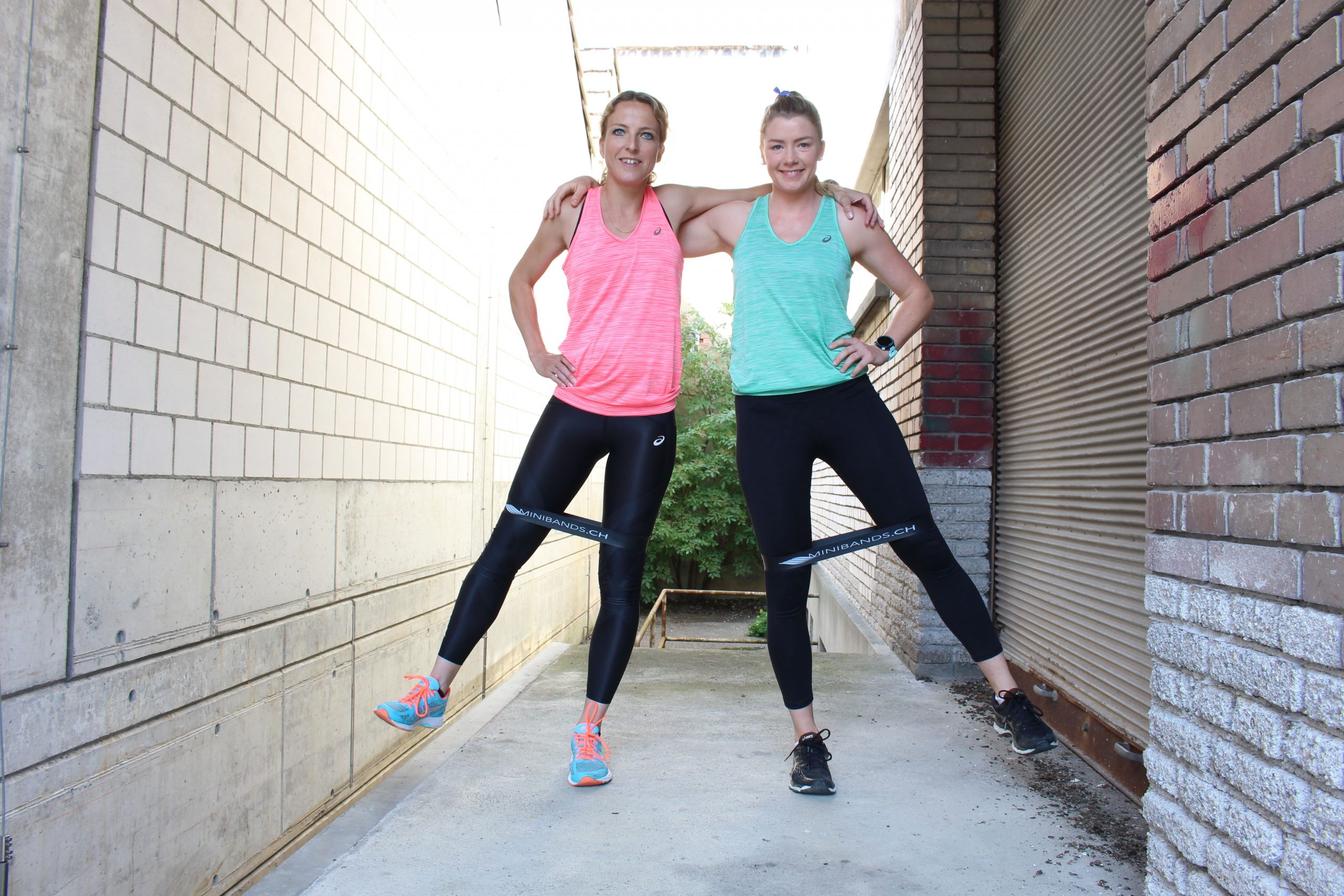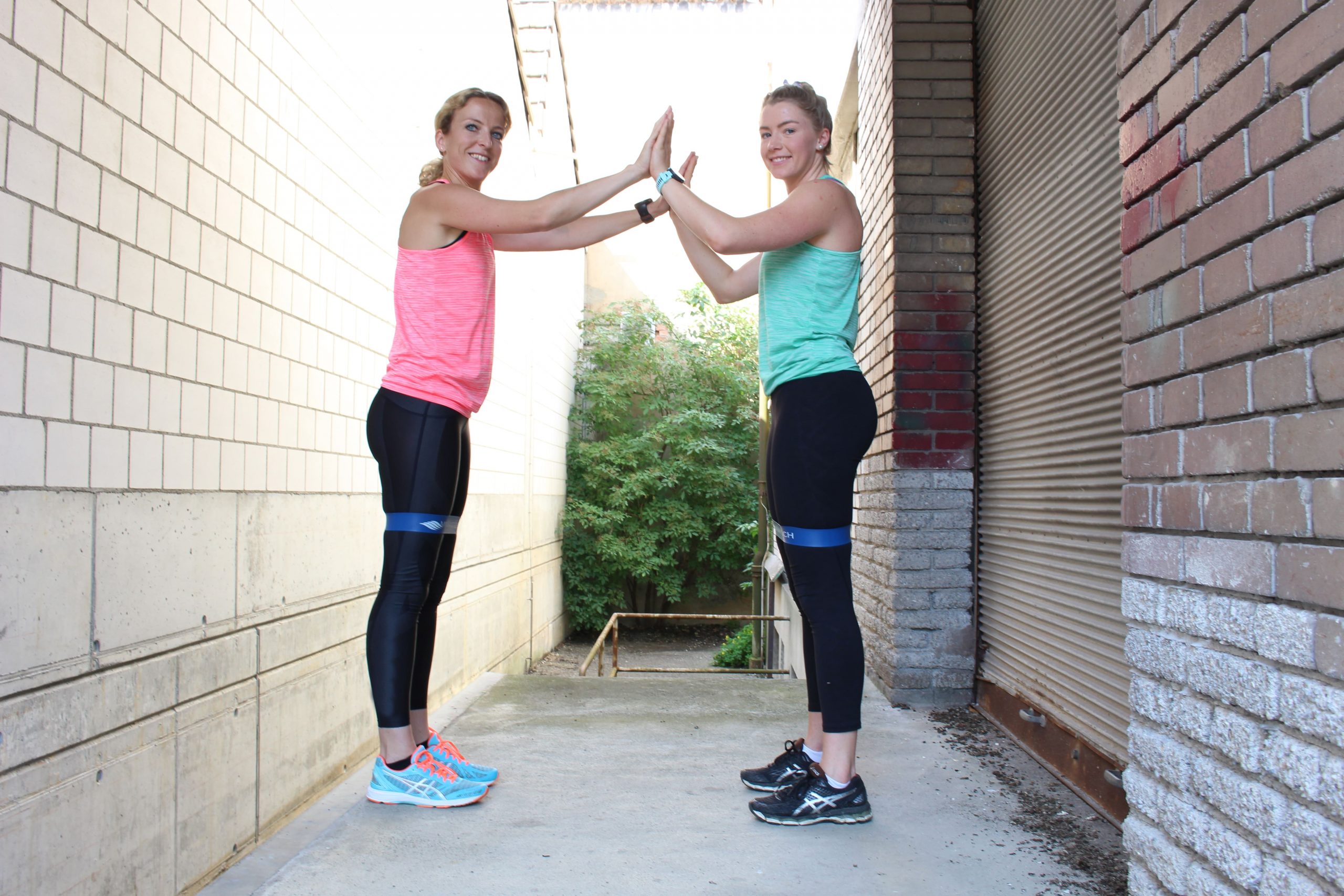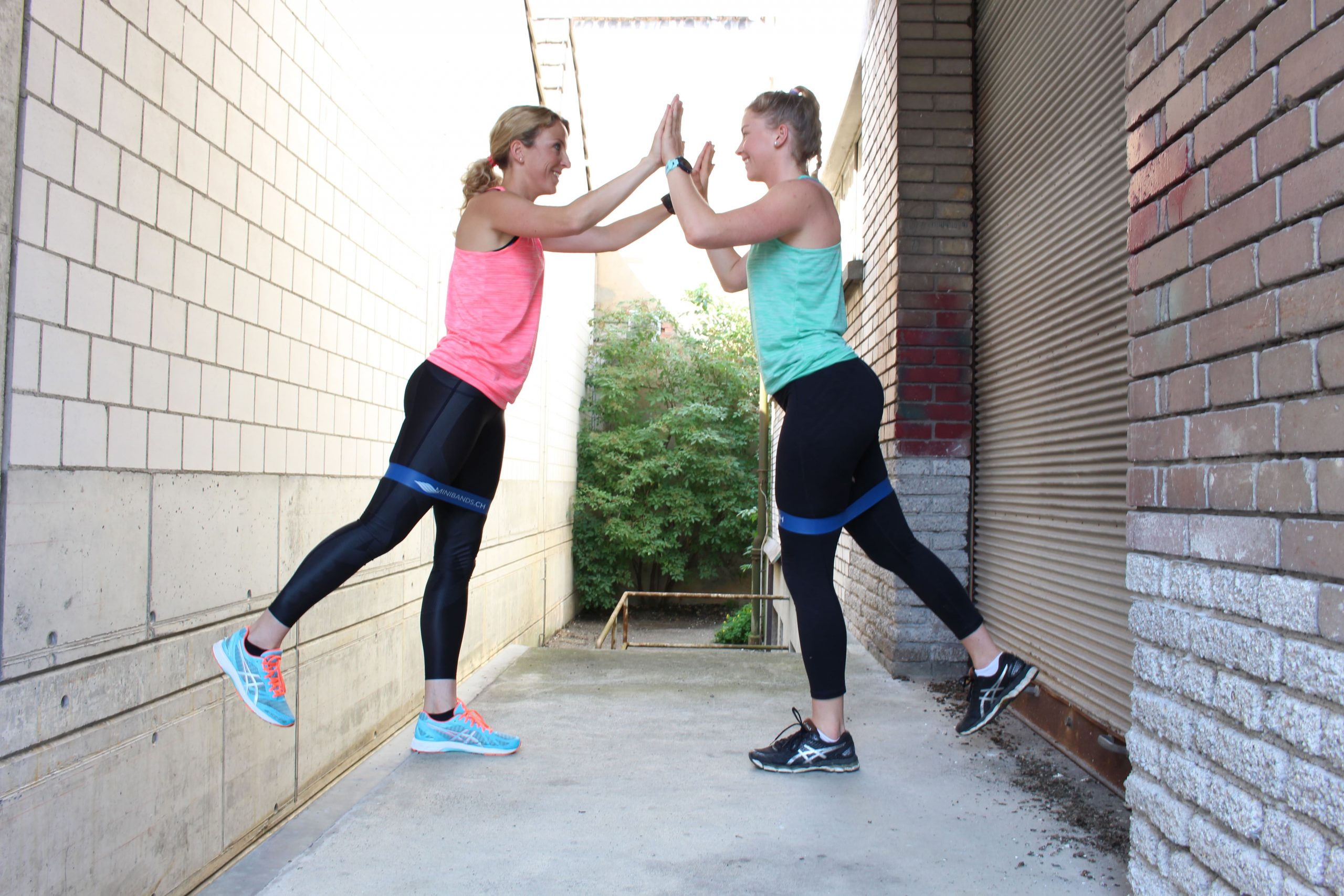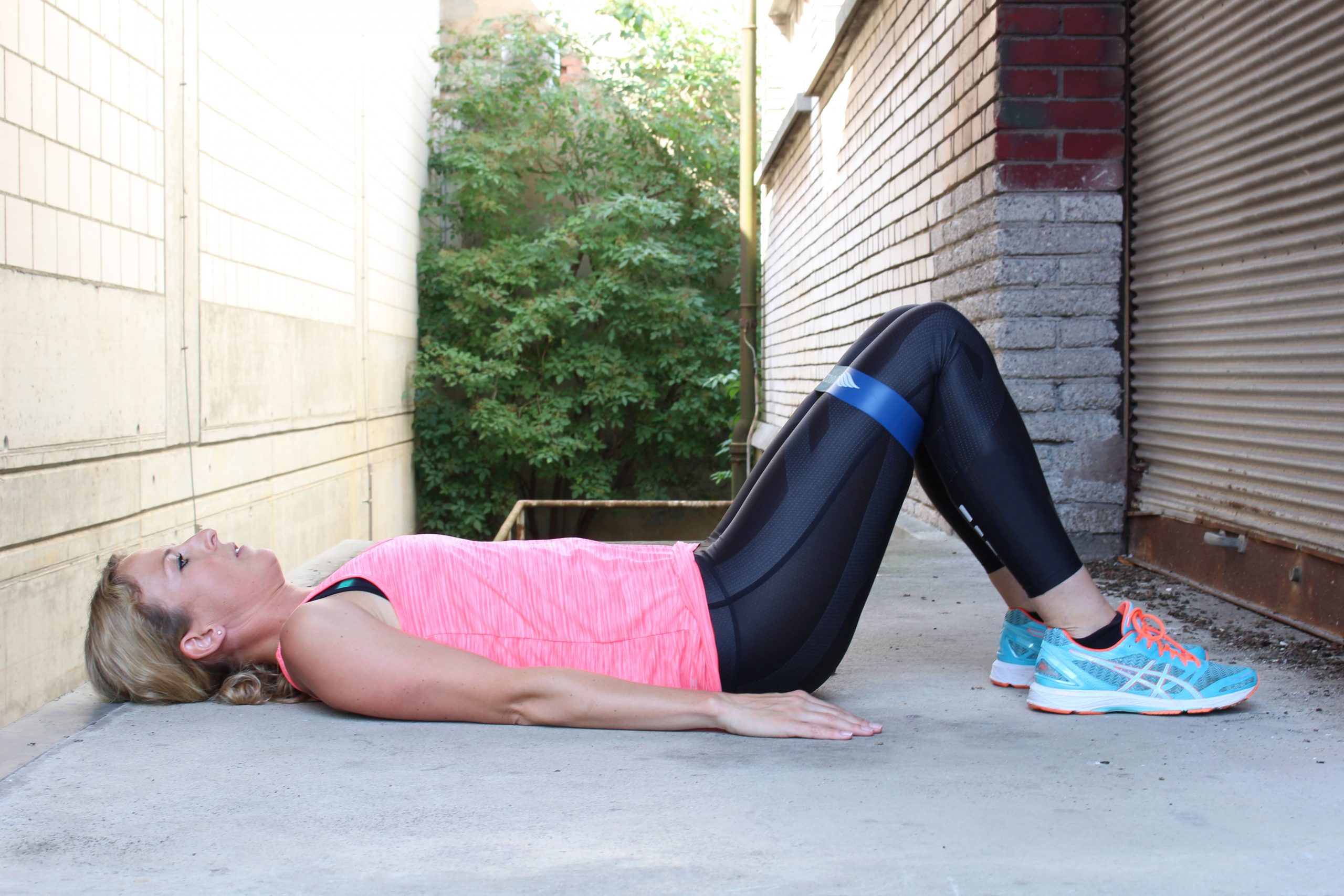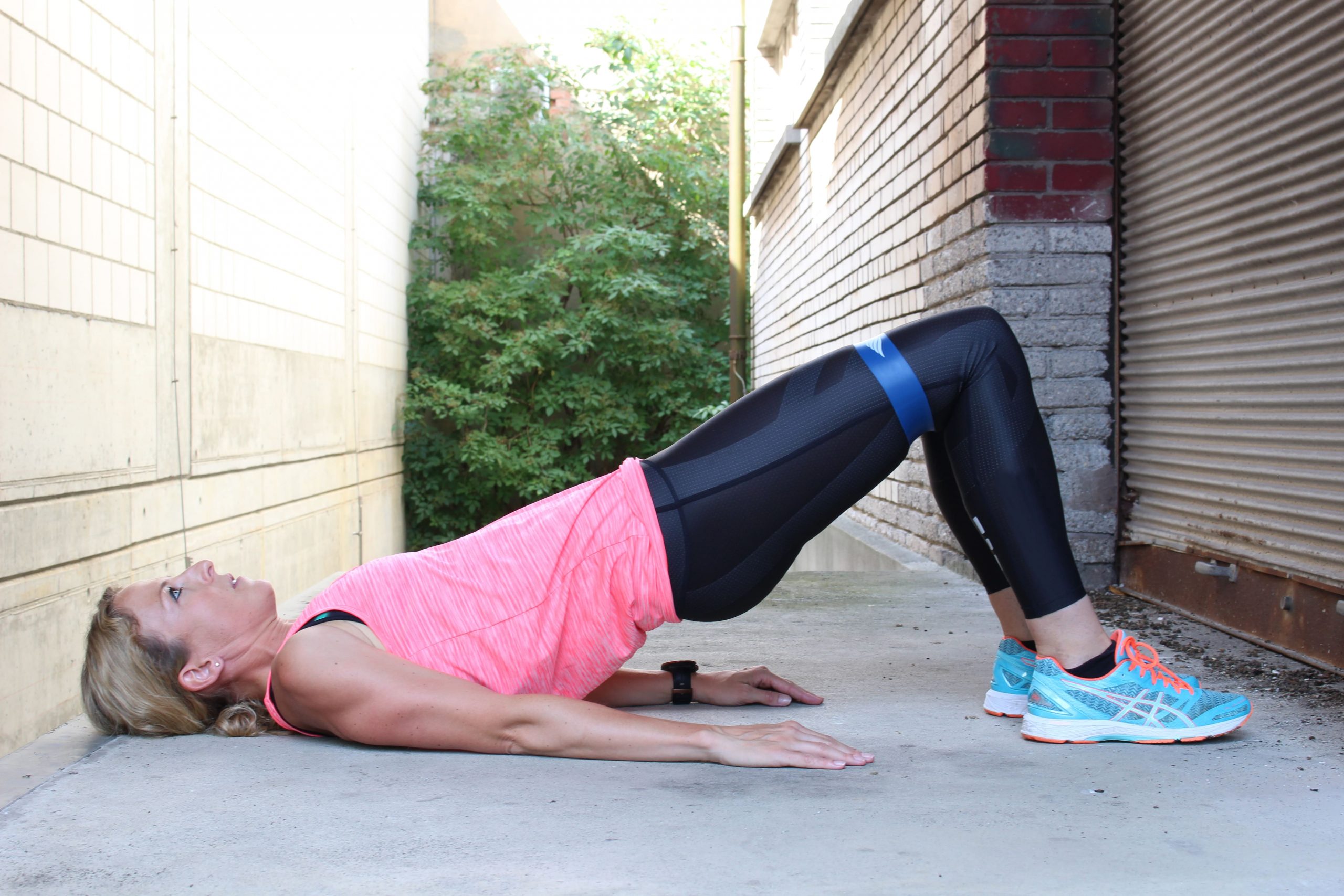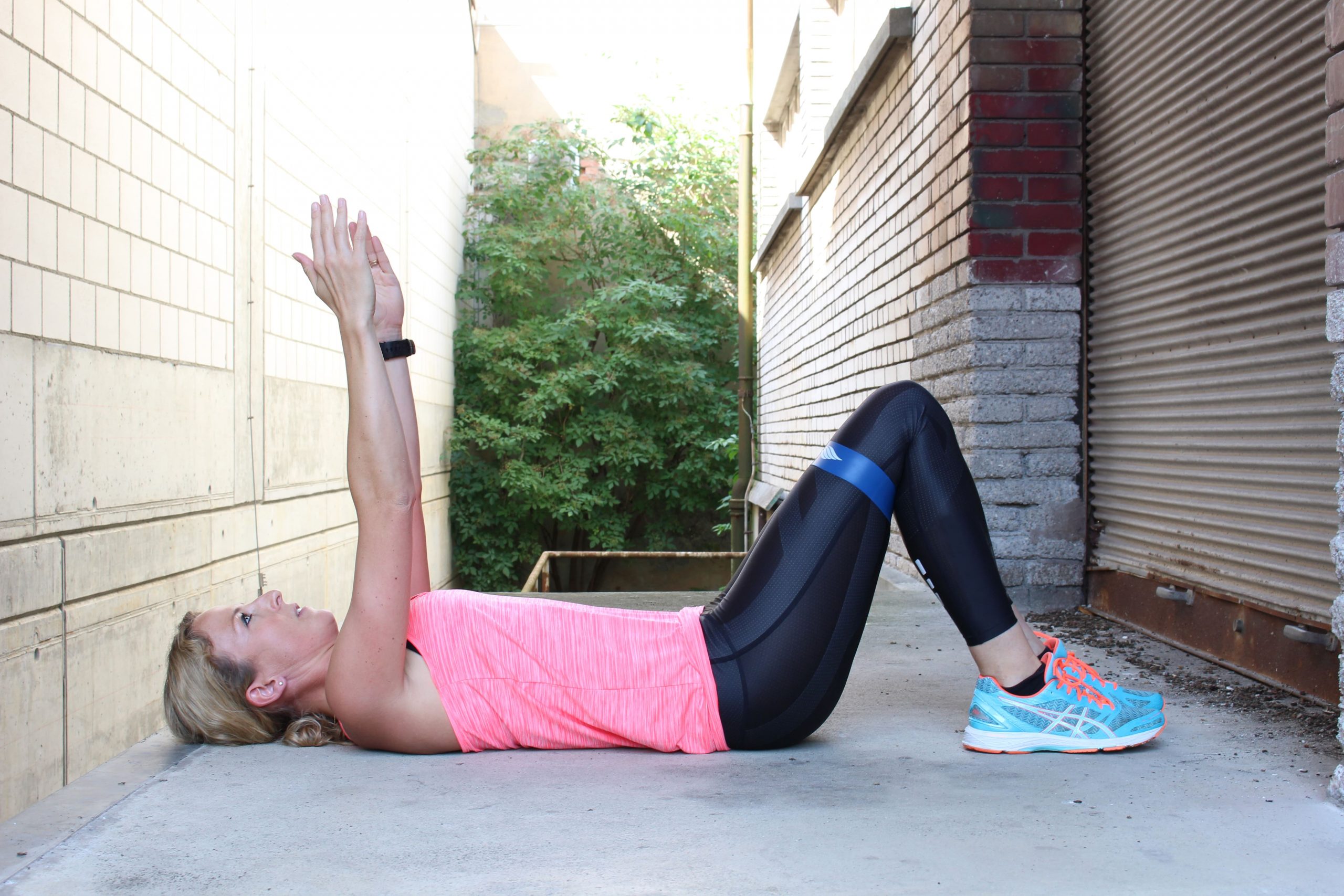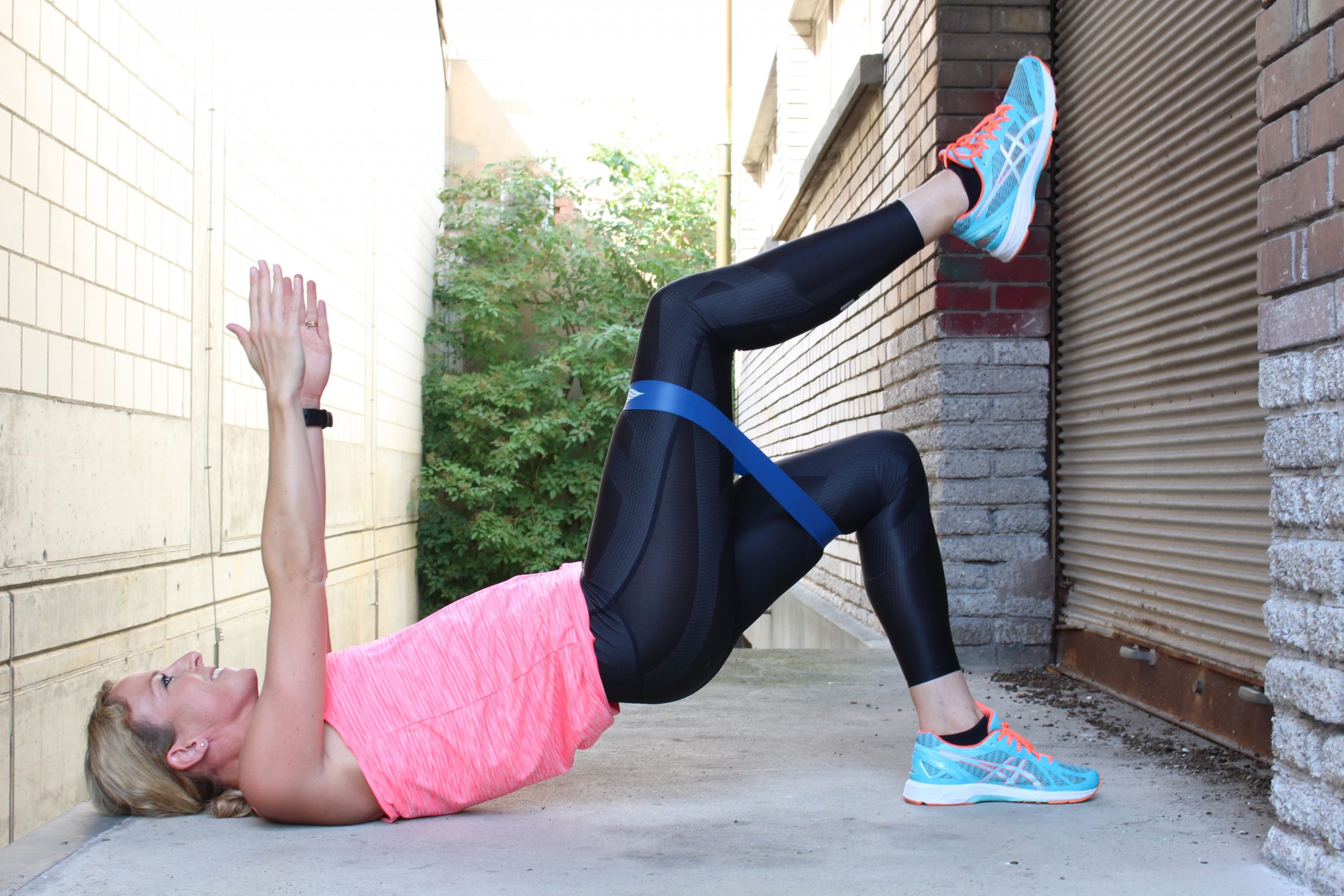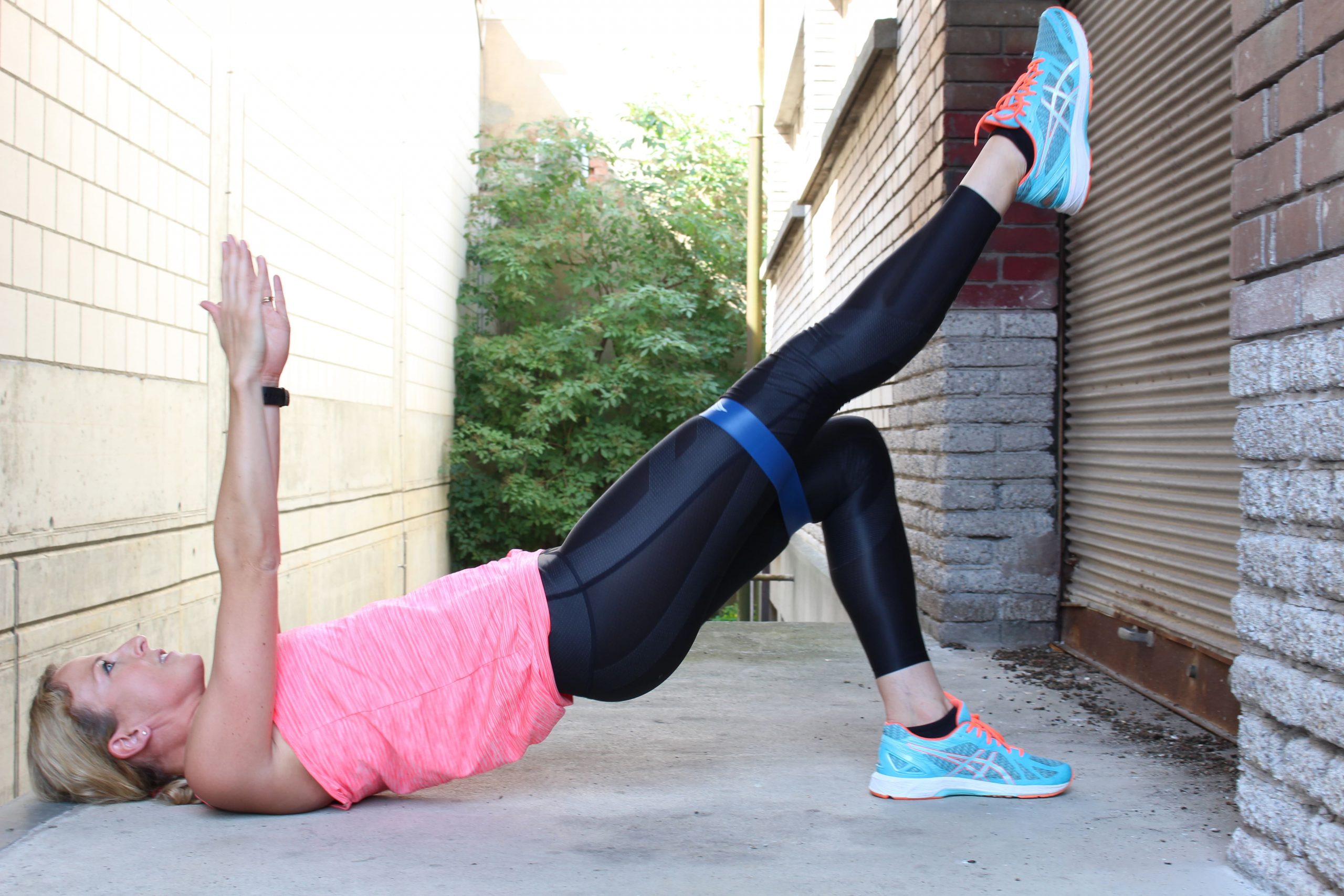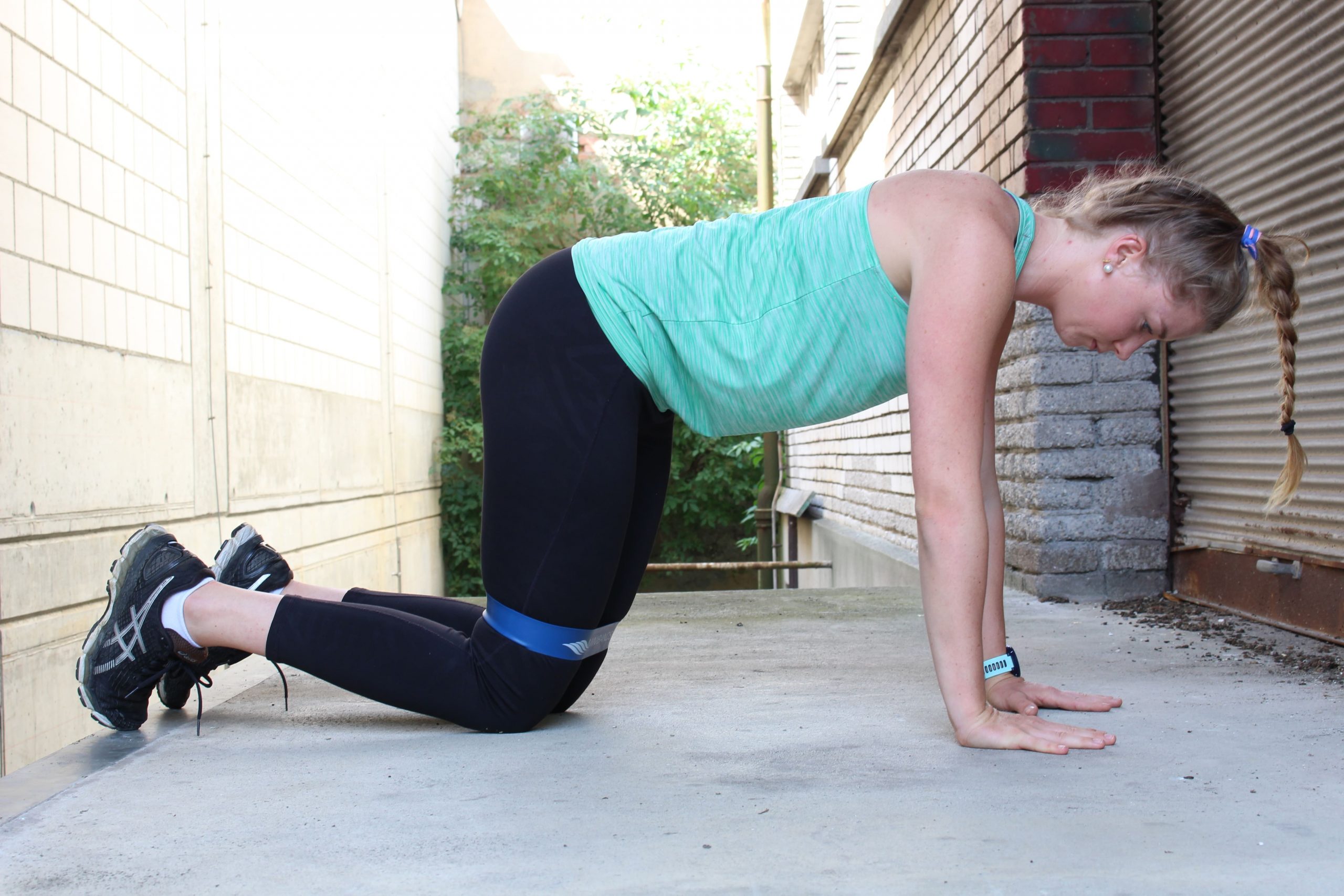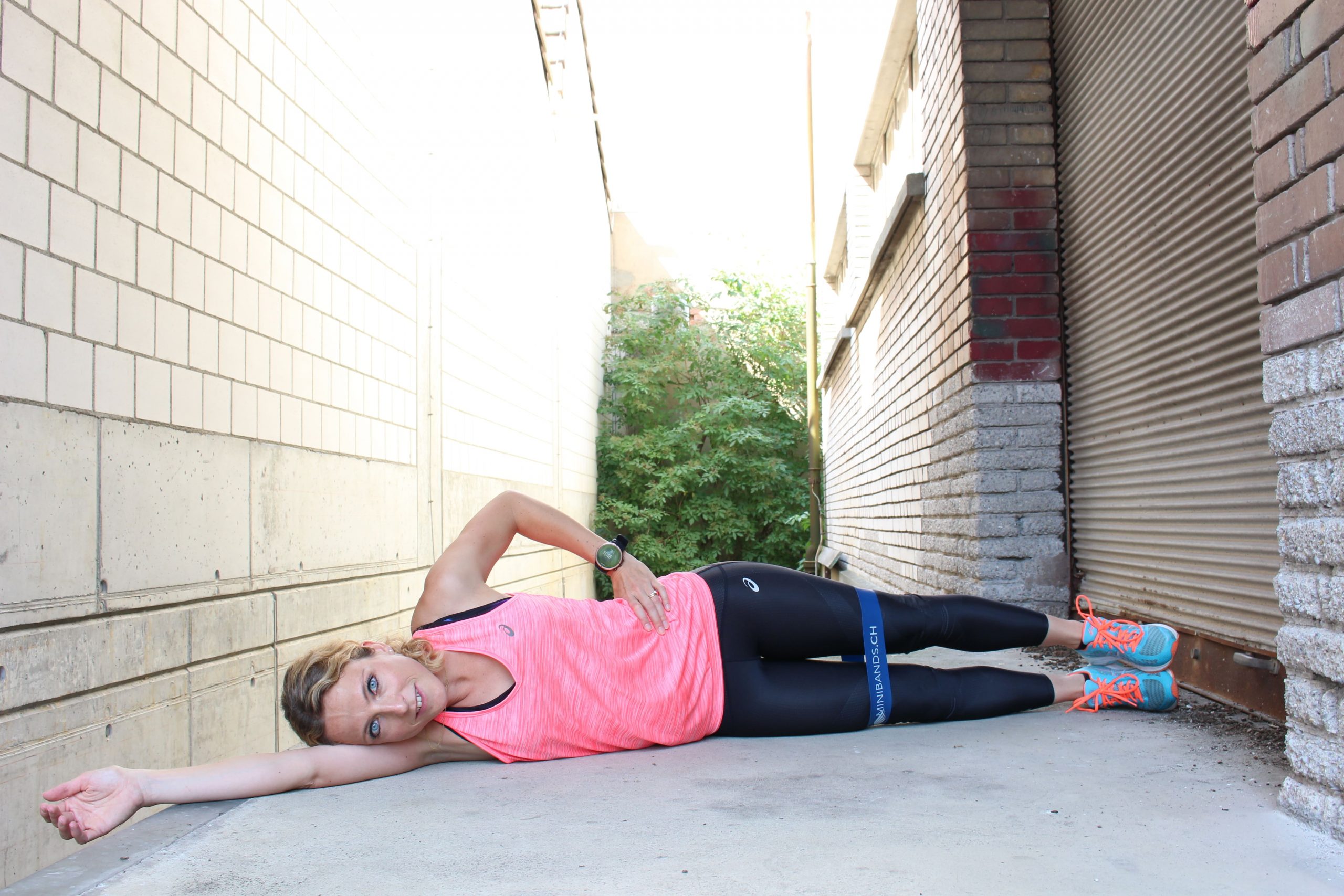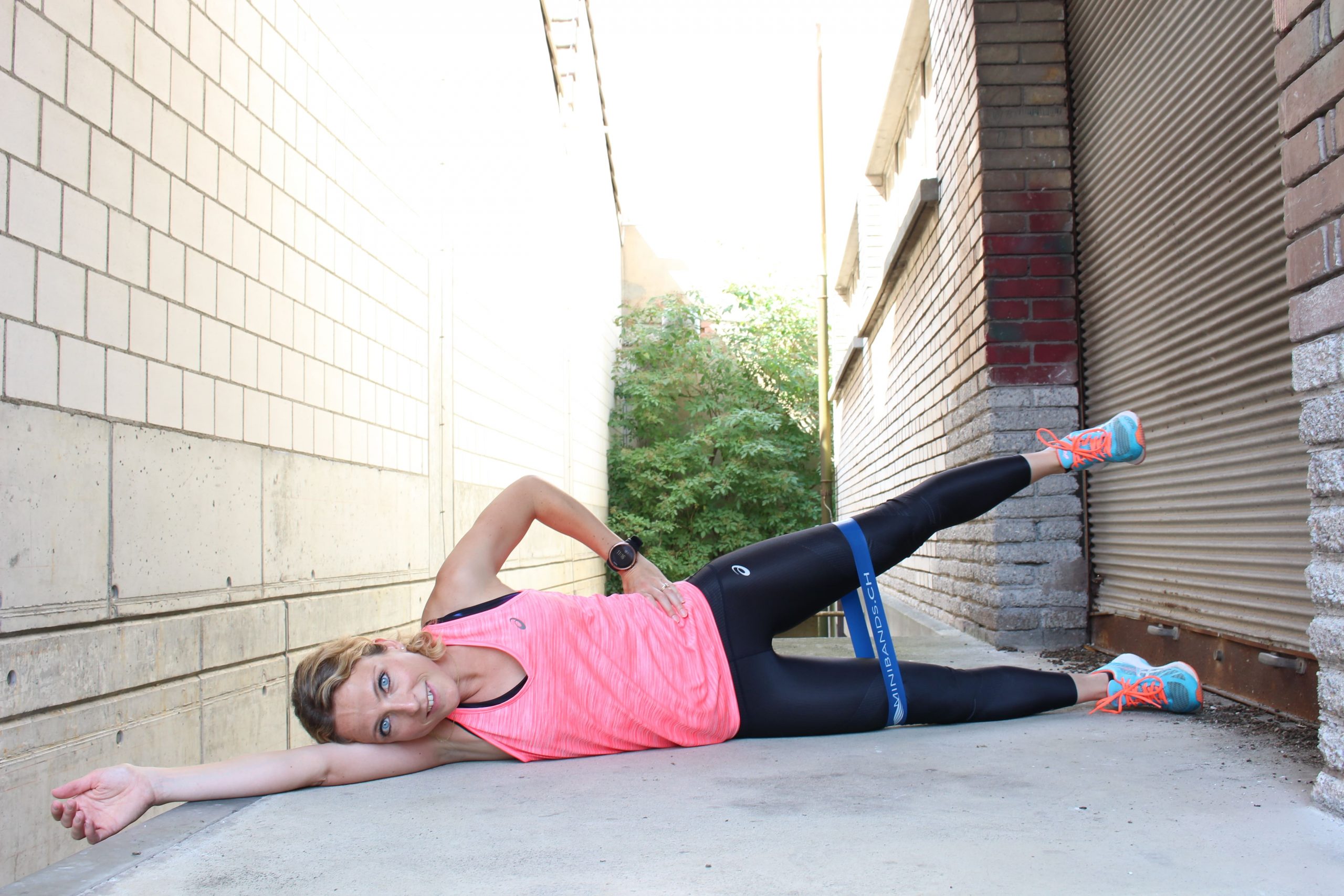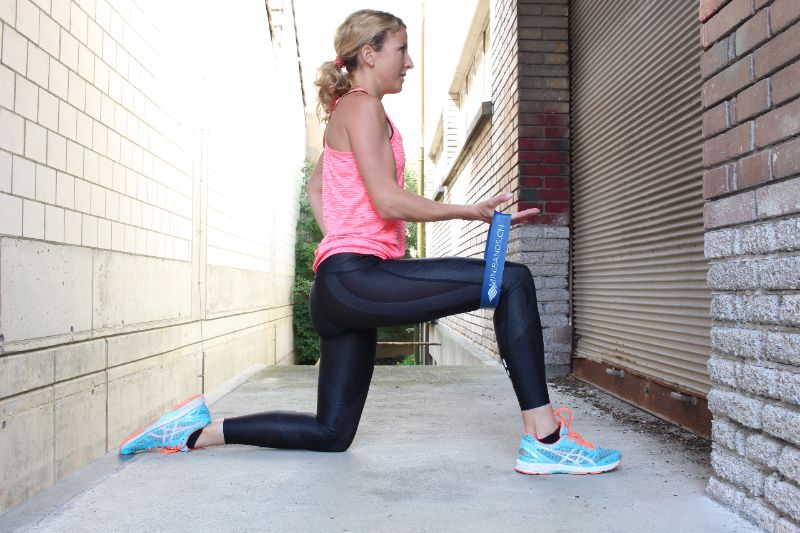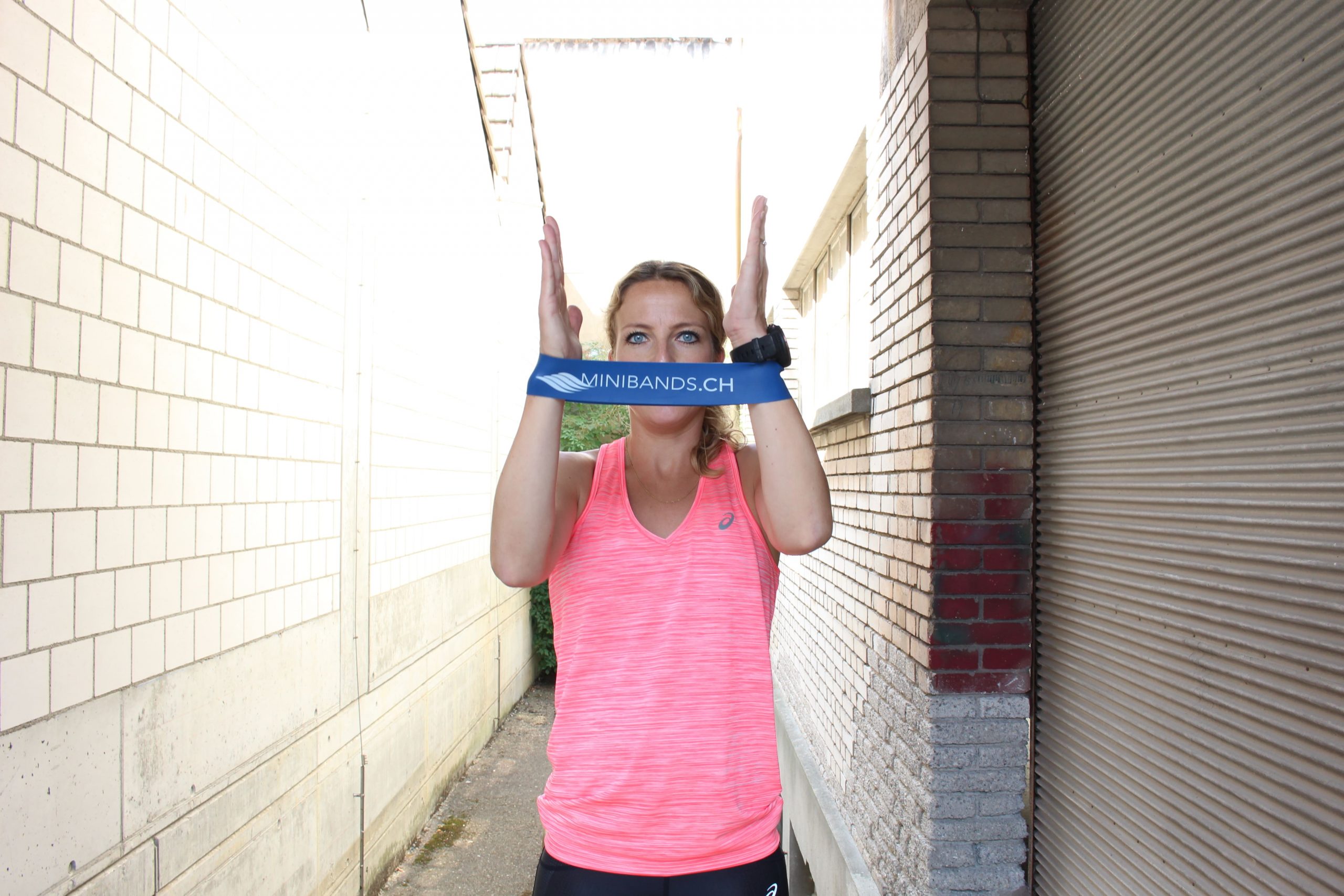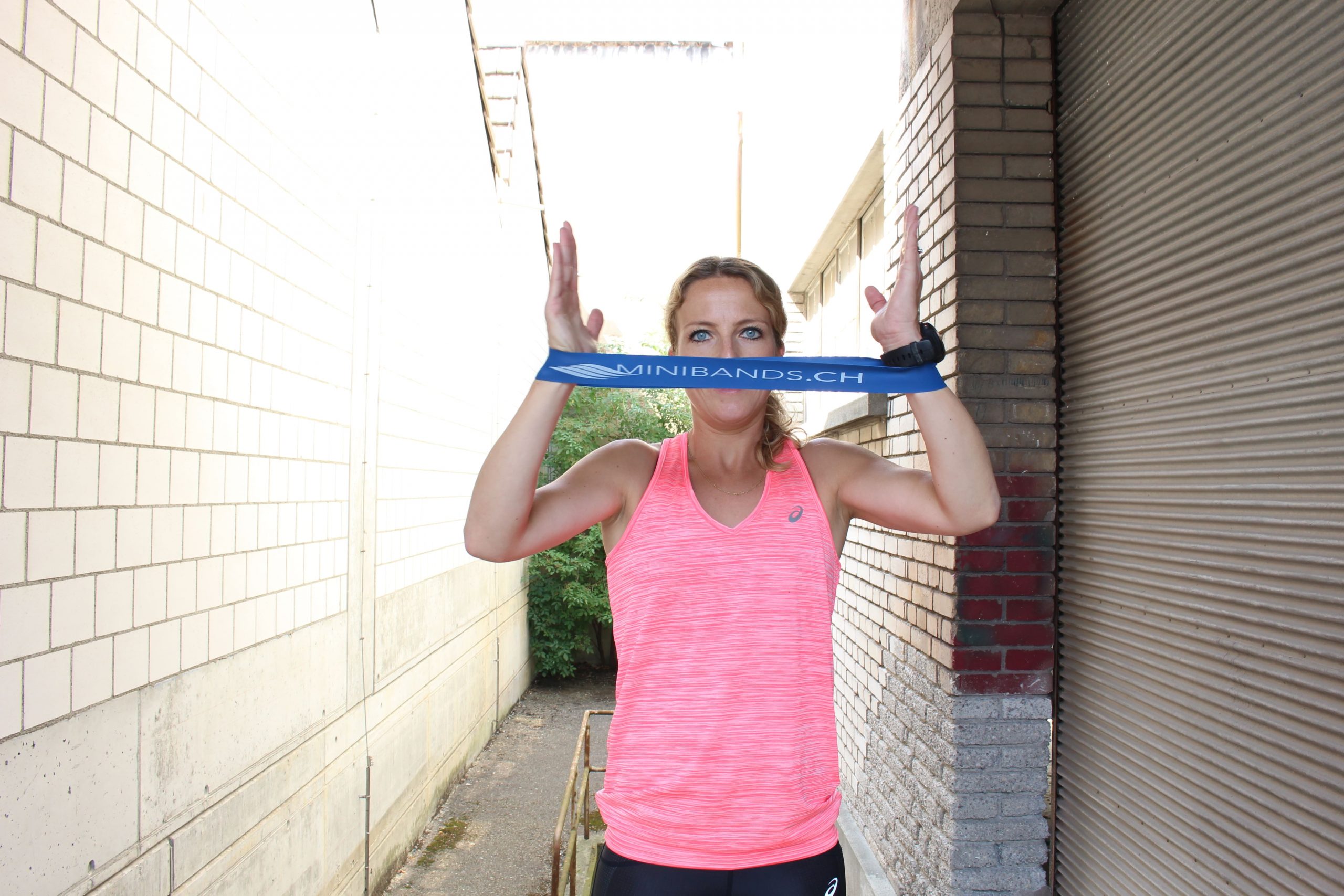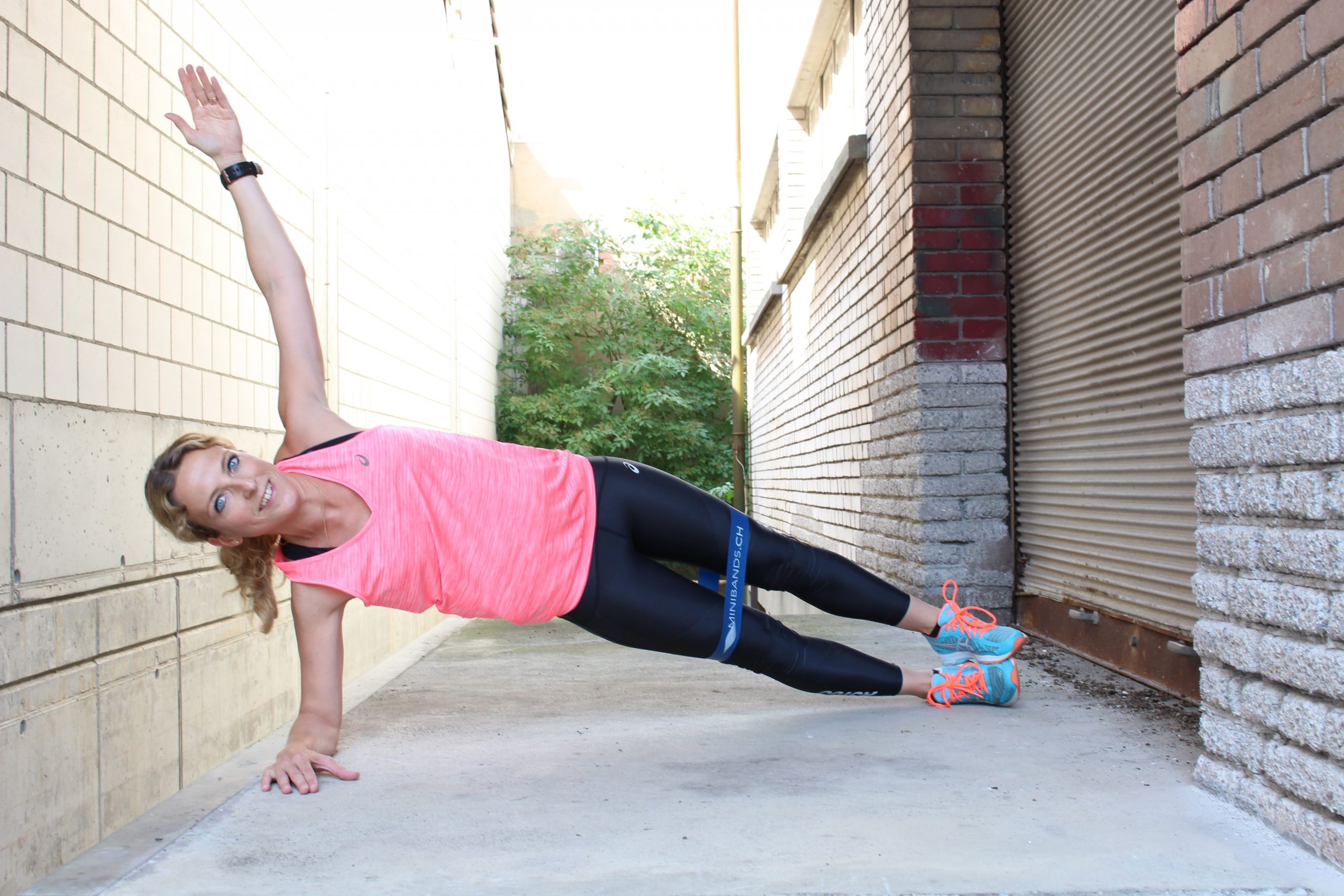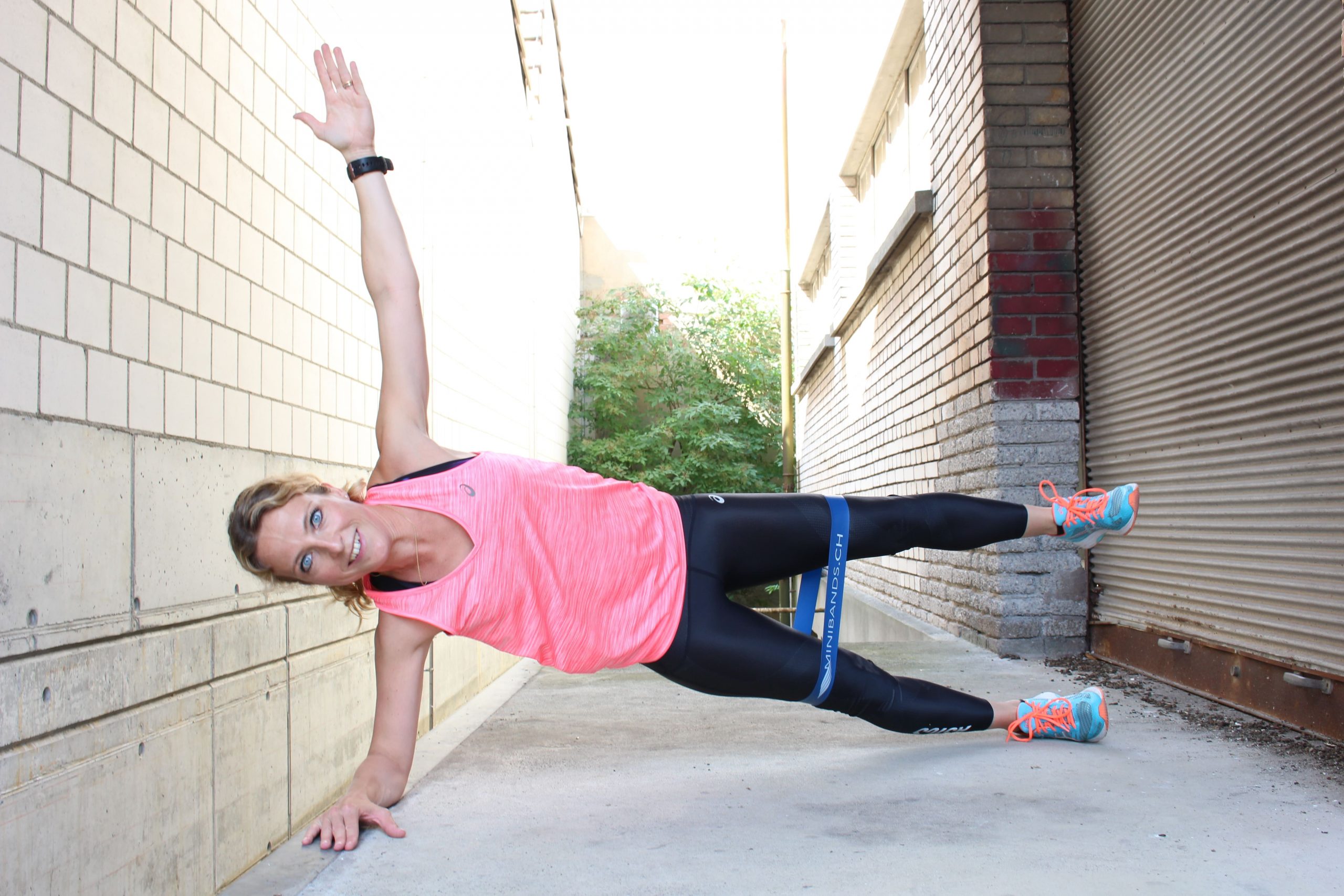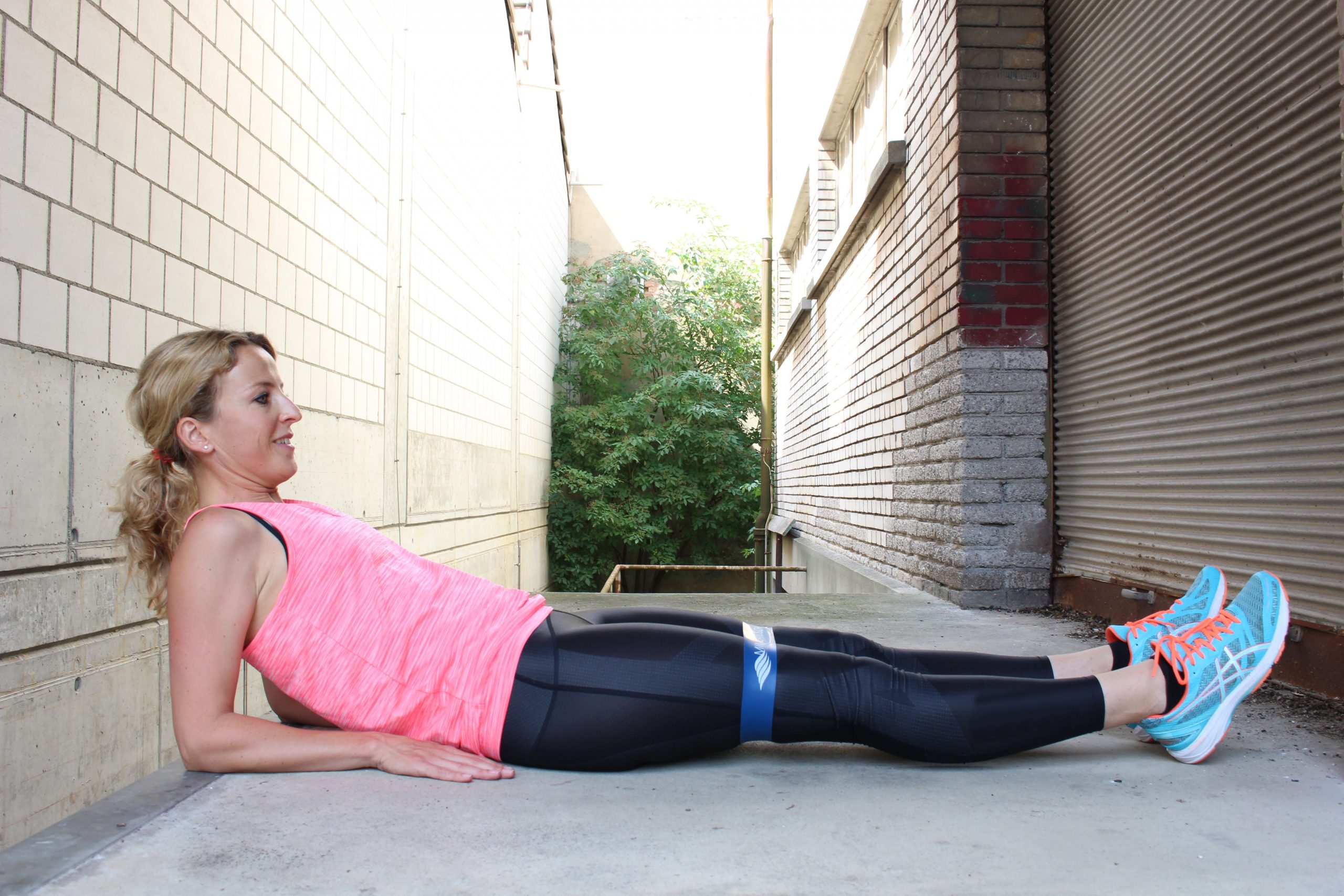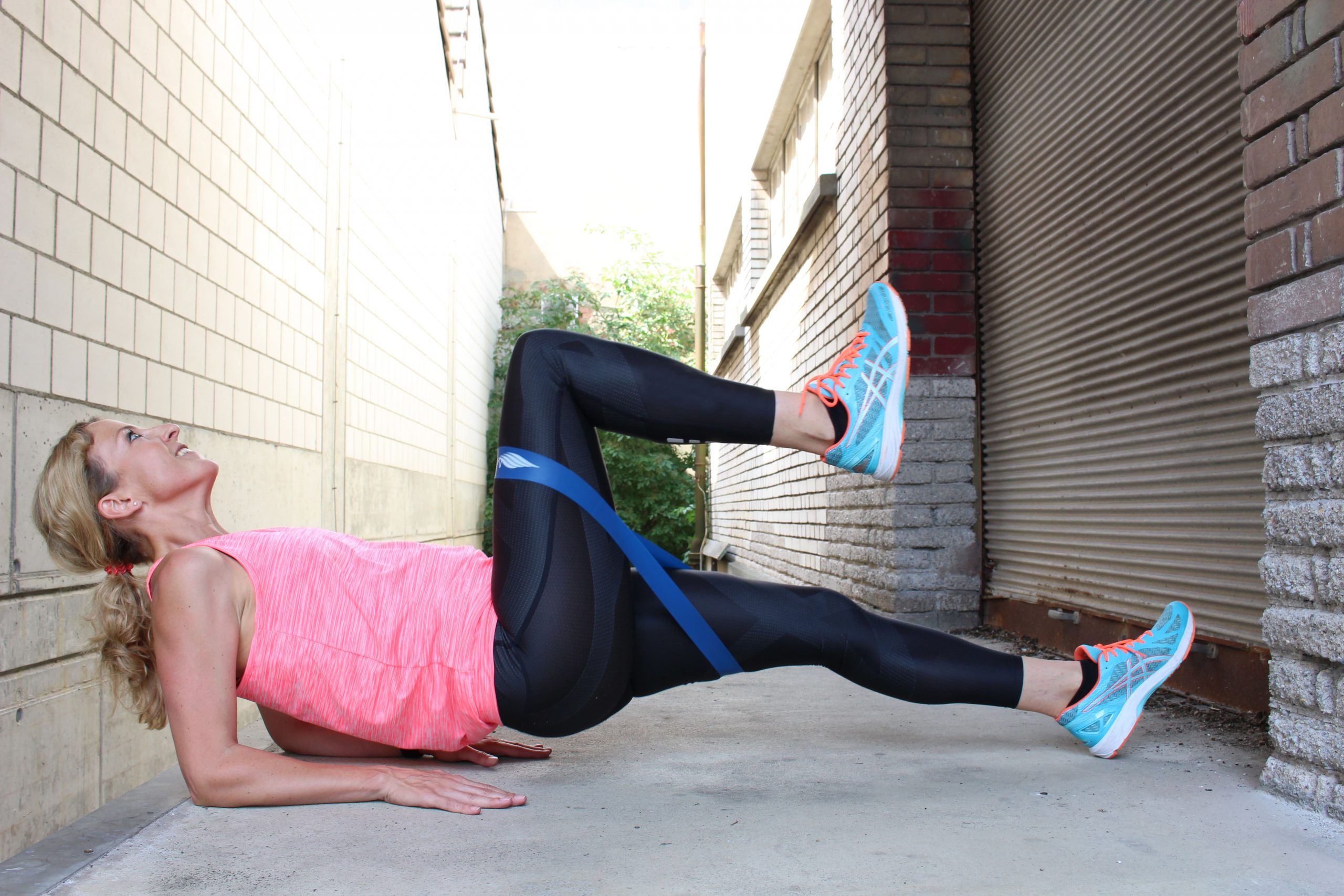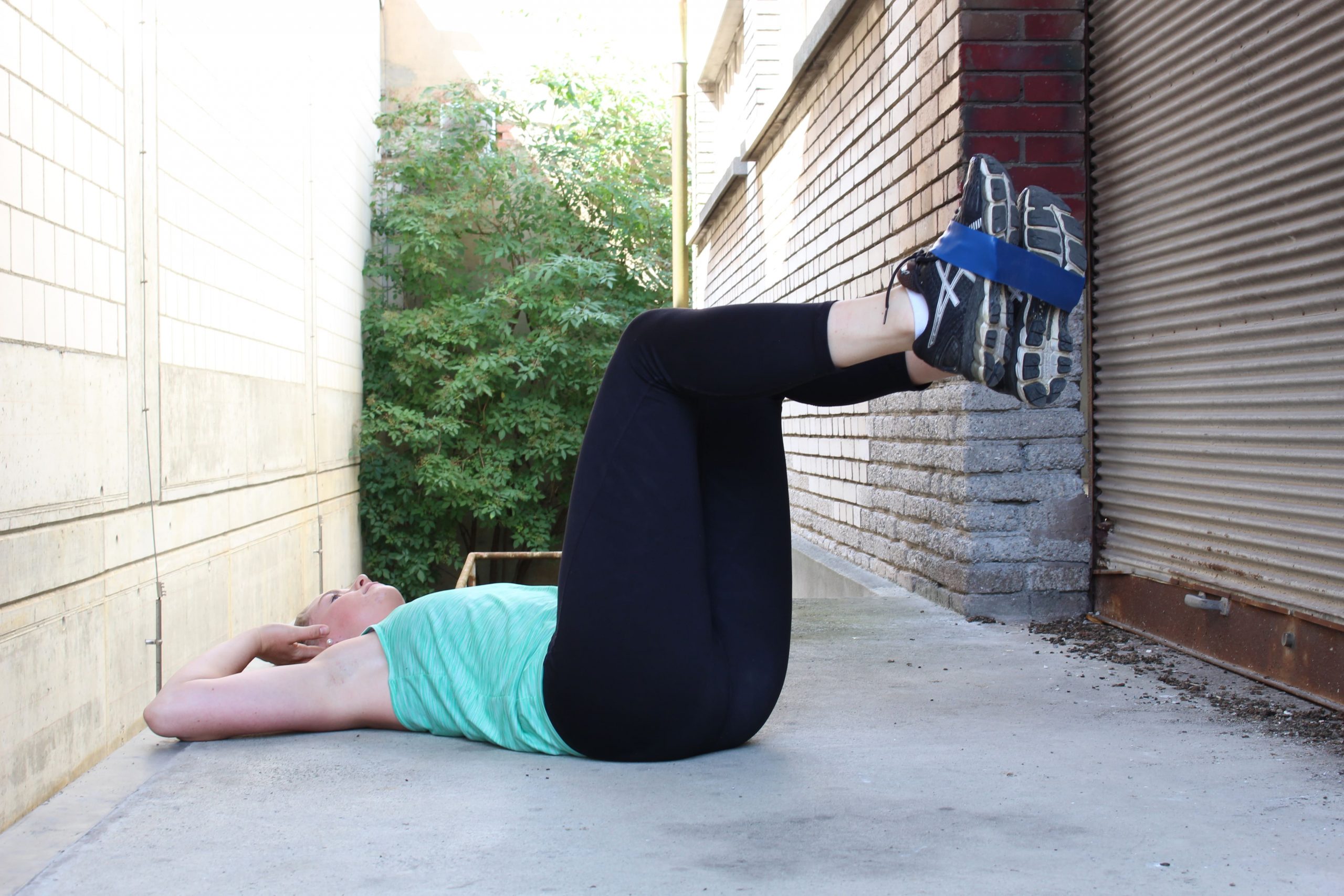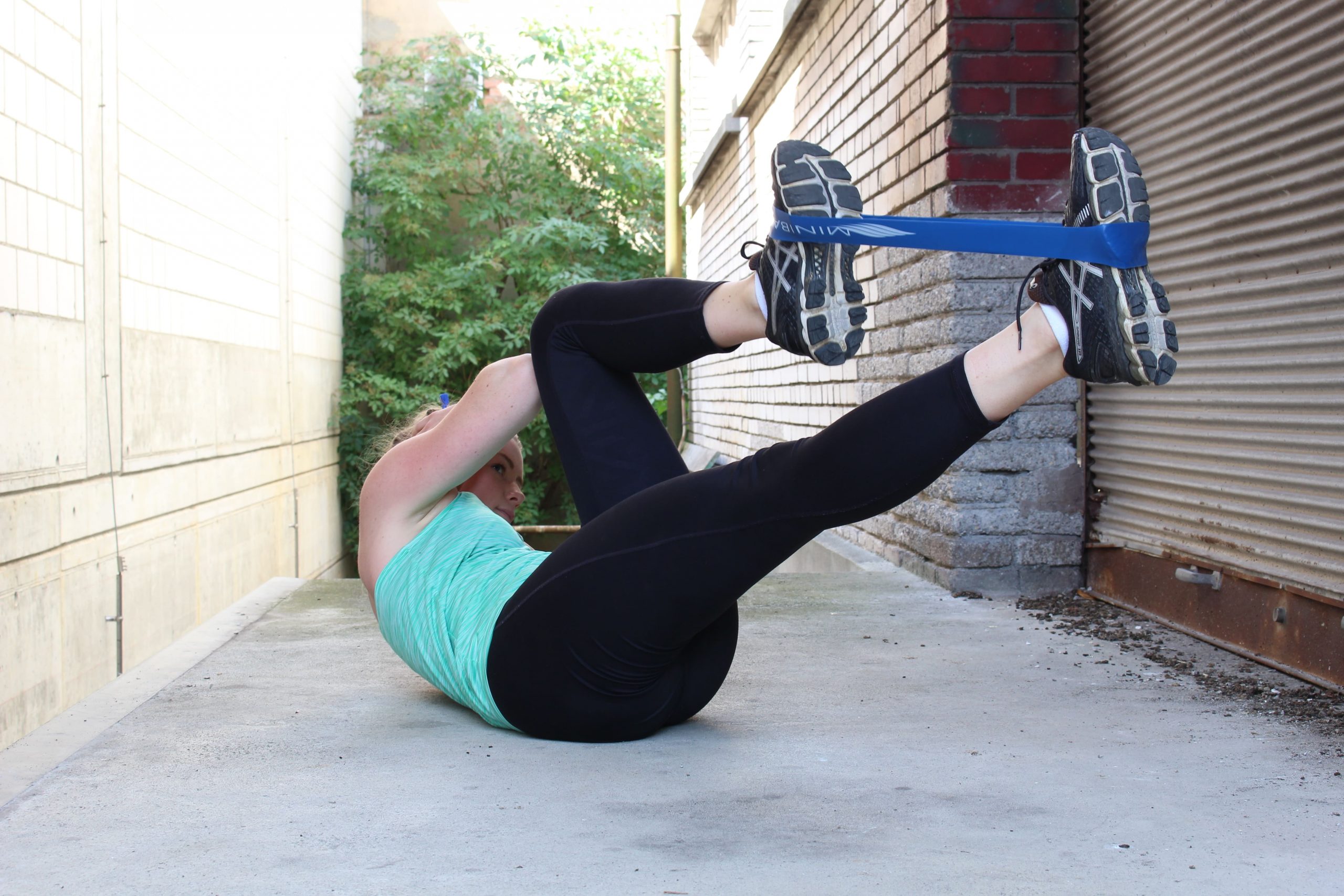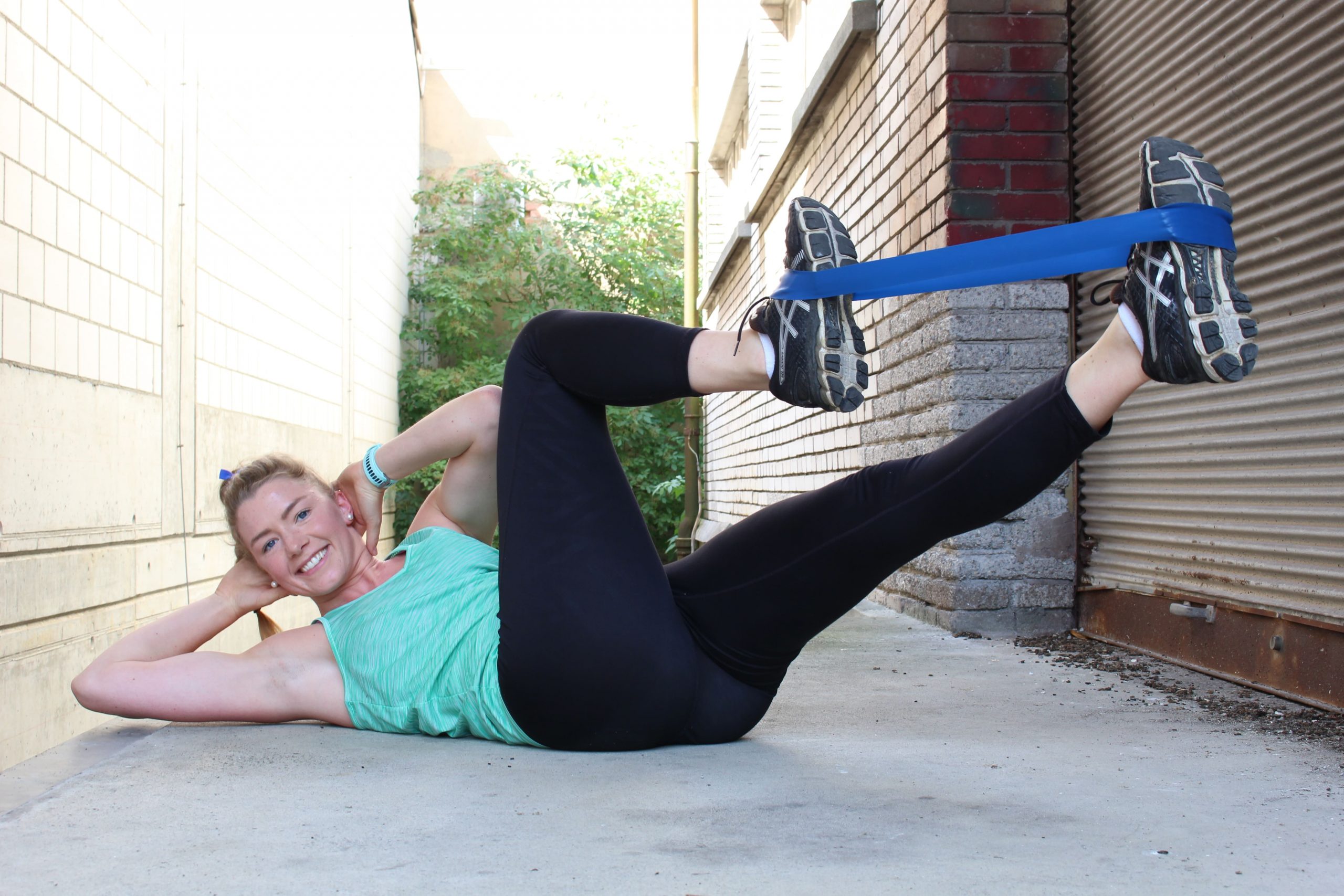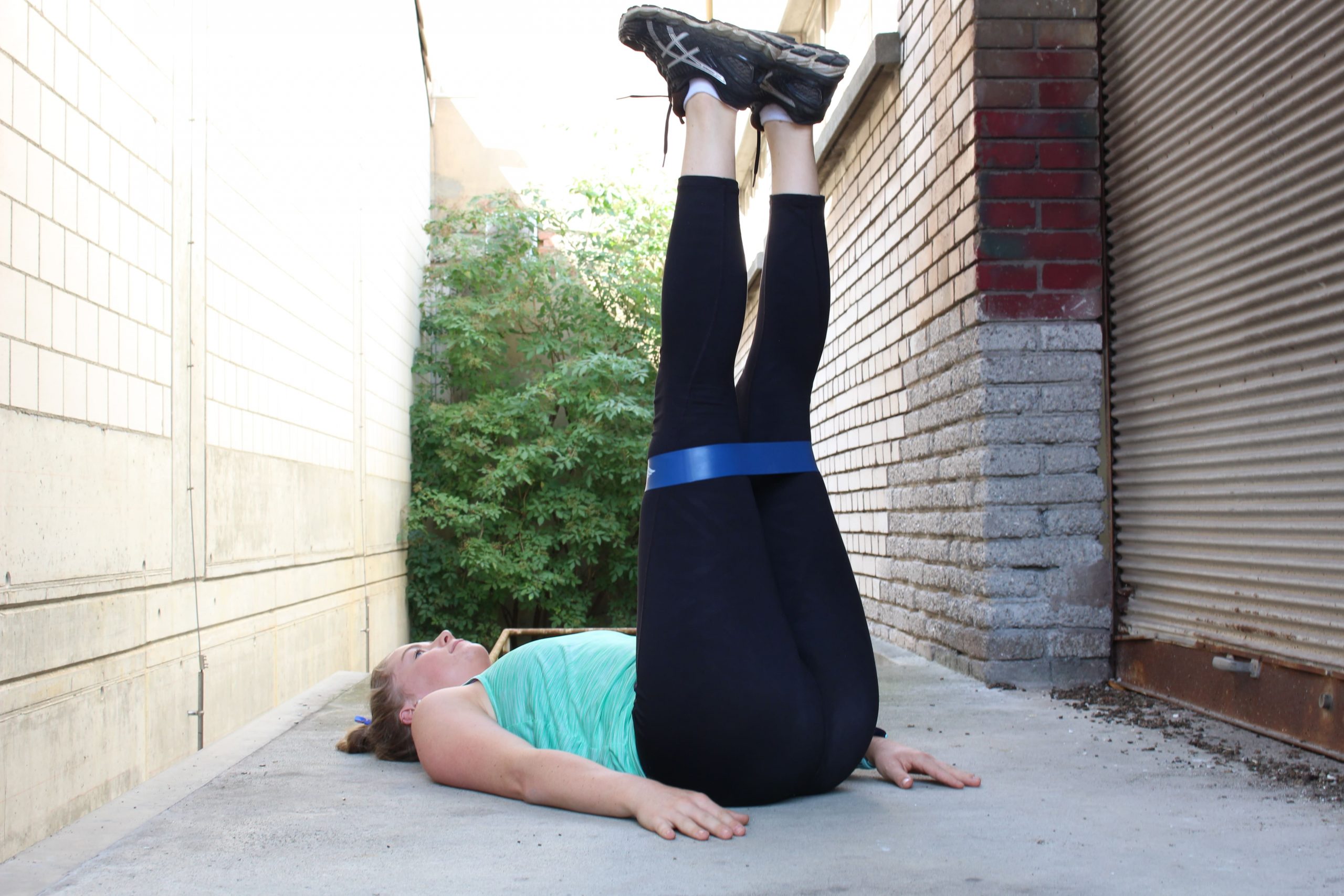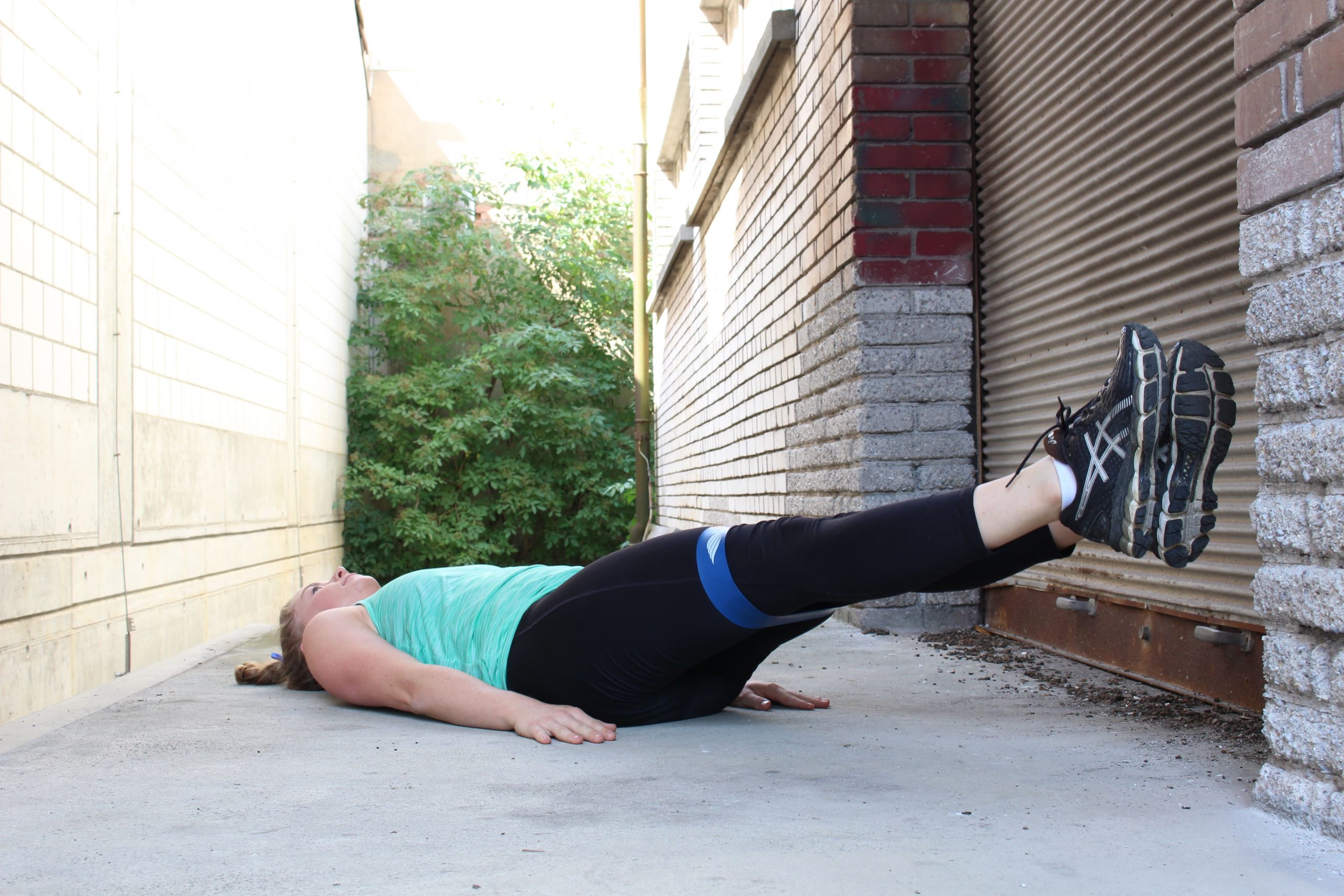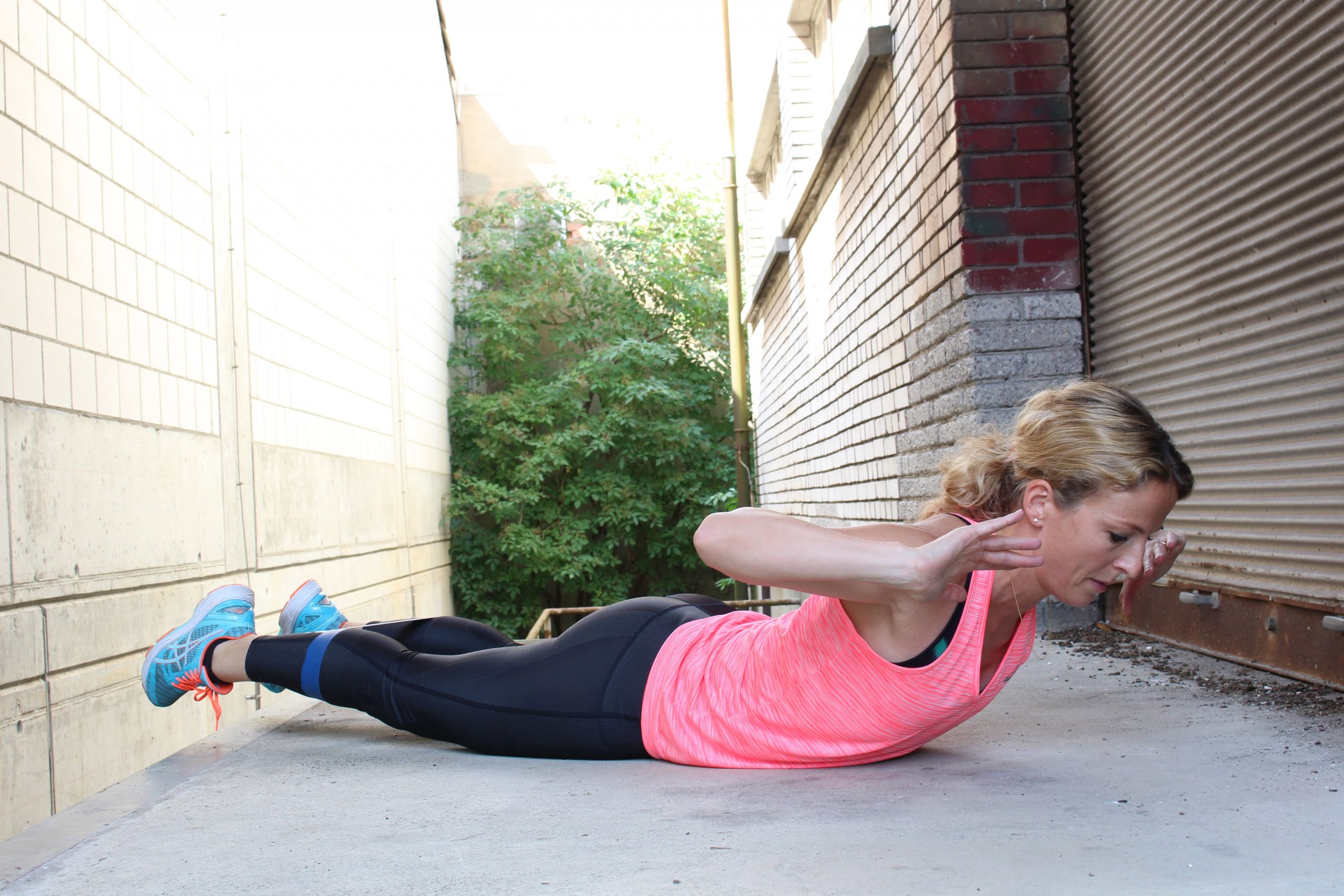Why not do some strength exercises after a running session, or even replace the session with them completely? They do not only make you stronger and more resistant to injuries, but also faster. You don’t necessarily need a gym for that. Your own body weight and minibands are enough to challenge yourself. We have put together some specific exercises for runners.
As running means work for your whole body, the exercises are designed to train all important parts, a special focus lying on legs (8 exercises), core (7 exercises) and arms (3 exercises). Our extensive selection is presented and described here. The exercises can be combined according to individual needs. A couple of ideas for possible sequences will also be published here shortly, in the form of videos, as well as printable and portable cards.
Meanwhile, the following exercises will keep you busy. The order and number of repetitions (e.g. 15) and series (e.g. 3) can be defined individually. A miniband session can be built in either before or after a running session (ideally run 1 or 2), but also as a separate session on a day off from running.
Legs
Squats
- Place the miniband above your knees, stand a little bit broader than at hip width, your feet may point slightly outwards.
- Move your body’s center of gravity towards the floor, while having your arms pointed forward, before going back to the starting position. Keep the low position a bit longer if you like.
- Attention: Knee tops should not stick out beyond your feet.
- Alternative: Step to one side, go low, go back to the starting position, step to the other side, etc.
Squats:
Jumping squats:
Power Walk
- Stand at hip width, the miniband placed above your knees.
- Take a big step forward (slightly sidewards), your opposite side arm pointing in the same direction
- Take a big step with your other leg, again, your opposite side arm pointing in the same direction, keep the position.
Powerwalk:
Knee Lift
- Place the miniband above your knees, stand upright and activate your core, move one leg backwards and your arm on the same side forward at the same time.
- Move your leg forward and lift your knee all the way up to the height of your hips, while moving your arm on this side backwards, move your opposite side arm forward – keep the position for a moment, before going back into starting position, etc.
- Don’t forget to switch sides.
Moving your leg sidewards
- Place the miniband above your knees, stand upright, activate your core consciously.
- Move your leg to the side and back. Only move it as far as possible without giving way with your other knee
- If available, you can use a wall or a partner for support.
- Don’t forget to switch sides.
Moving your leg sidewards:
Moving your leg backwards
- Place the miniband above your knees, stand upright, either by yourself or given support by a wall or a partner.
- Activate your core muscles consciously, move your leg backwards and back to the starting position.
- Only move it as far back as possible without tipping forward.
- Don’t forget to switch sides.
Moving your leg backwards:
Bridge
- Place the miniband above your knees, lie down on your back and place your feet flat on the floor, your knees pointing upwards.
- Lift your bottom up from the ground, your upper body forming a line with your thighs. Keep the position as you please.
- Alternatively, lift your knees up towards the sky alternately or fully stretch out your legs alternately.
- Make sure not to let your hips drop on either side and to keep your bottom high steadily.
Bridge:
Bottom
- Place the miniband above your knees and adopt an all-fours position: Knees below your hips, hands flat on the ground, straight below your shoulders.
- Move your leg upwards in a square angle. Only as far as your back stays in a neutral position. Don’t buckle with your shoulders. And back again.
- Don’t forget to switch sides.
Abduction
- Place the miniband above your knees. Lie down on the floor sideways and stretch out your arm. Important: hips are upright.
- Move your upper leg up and down again. Be careful to keep your hips straight.
- Don’t forget to switch sides.
Arms
Biceps
- Place one knee on the floor, while placing your other leg up front, in a square angle, the miniband placed around it. Grab the miniband with the palm of your hand and establish a basic tension.
- Move your hand upwards, keeping your upper arm fixed along your upper body. And back again.
- Don’t forget to switch sides.
Triceps
- Stand upright and press the miniband to one shoulder with the palm of your opposite side hand. Place the palm of your other hand in the miniband.
- Move the miniband down- and slightly backwards – shoulders stay fixed – and back again.
- Don’t forget to switch sides.
Shoulder
- Stand upright, place the miniband around both of your wrists and place your arms at the height of your shoulders in a square angle
- Move your arms outwards and back again. Don’t raise your shoulders.
Core
Plank forward
- Adopt a plank position, the miniband placed above your ankles – build up tension in your whole body.
- Keep the position or, alternatively, lift your feet upwards or move them to the side alternately.
- The movements don’t have to be big. The important thing is to always keep the plank position.
Plank sideways
- Adopt a sideways plank position, the miniband placed above your knees. Move your arm upwards (can also be placed alongside your body), keep your head in line with your body and establish tension in your whole body.
- Either keep this position or, alternatively, move your upper leg up and down. Small movements suffice.
- Don’t forget to switch sides.
Plank backwards
- Adopt a backwards plank position, the miniband placed above your knees. Lift your bottom from the ground, keep your head in line with your body and establish tension in your whole body.
- Either keep the position or, alternatively, move your knees up towards you alternately.
Plank backwards:
Climber
- Adopt a plank position on the palms of your hands, the miniband placed above your knees. Establish tension in your whole body.
- Move your knees towards your upper body alternately, always keeping the plank position.
- You can vary the pace and thus, increase intensity as you please.
Cycle
- Adopt a table top position, the miniband placed around your feet, activate your core.
- Stretch out one leg, while lifting the other back towards you, the opposite side arm moving towards your knee.
- Switch sides directly.
Cycle:
Lower Legs
- Place the miniband above your knees, lie down on the ground and stretch out your legs straight up into the air.
- Slowly lower your legs. Only go as far as your back stays in a natural position on the floor. And back again.
- Slow and controlled movements.
Back
- Place the miniband above your ankles. Lie down on your belly, slightly lift your feet and upper body from the ground. Place your arms alongside your head, pointing forward. Keep your eyes on the ground before you and hold in your belly.
- Either keep this position or, alternatively, slightly move your upper body up and down again.
Authors: Rahel Peterer and Stefanie Meyer
Create a personalized and dynamic training plan with running.COACH that, starting from your current fitness level, will prepare you optimally for your running goals. Try running.COACH for free for two weeks after the first login!

